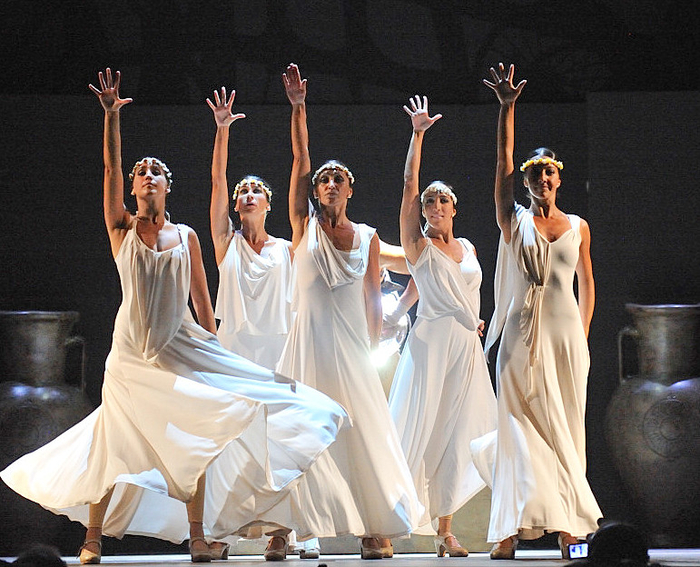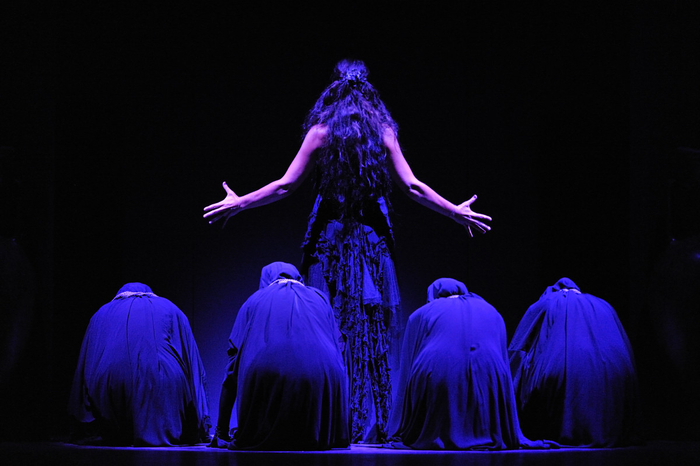
To be listed on the CAMPOSOL TODAY MAP please call +34 968 018 268.

Guidelines for submitting articles to La Manga Club Today
Hello, and thank you for choosing La Manga ClubToday.com to publicise your organisation’s info or event.
La Manga Club Today is a website set up by Murcia Today specifically for residents of the urbanisation in Southwest Murcia, providing news and information on what’s happening in the local area, which is the largest English-speaking expat area in the Region of Murcia.
When submitting text to be included on La Manga Club Today, please abide by the following guidelines so we can upload your article as swiftly as possible:
Send an email to editor@lamangaclubtoday.com or contact@murciatoday.com
Attach the information in a Word Document or Google Doc
Include all relevant points, including:
Who is the organisation running the event?
Where is it happening?
When?
How much does it cost?
Is it necessary to book beforehand, or can people just show up on the day?
…but try not to exceed 300 words
Also attach a photo to illustrate your article, no more than 100kb

Sara Baras presents La Guardiana at Cante de Las Minas, La Unión
One of Spain’s top flamenco dancers returns with her latest spectacular

Sara Baras presented her latest spectacular “ La Guardiana” at the Cante de Las Minas Flamenco Festival this week, a large scale flamenco dance piece focusing on the Greek mythological figure of Medusa.
Baras is one of the best known and best regarded flamenco dance artists on the flamenco circuit, and this spectacular follows on from her previous work, La Pepa, which celebrated the birth of the Spanish Constitution.
La Pepa was well received by audiences, vibrantly colourful, passionately Spanish, it stirred up the patriotism of those who had purchased tickets to see it and left none in doubt that this was indisputably a flamenco dance performance.

However, La Guardiana was a totally different ball game and evoked mixed reactions from the exiting audience.
The quality of dance was indisputable and there was no criticism of the performance of either Ms Baras, who is highly respected and admired as being a magnificent flamenco dancer, or her company, although the audience were totally divided as to the choice of material.
Medusa is certainly an interesting choice, one of the three gorgons, daughters of Phorks and Keto, better known as Oceanus, the sea and Gaya the Earth Mother. The only mortal child of the three, she was renowned for her great beauty, and served as a priestess in the Temple of the goddess Athena, although this role bound her to a life of celibacy. But she was wooed by suitors from far and wide and finally fell in love with Poseiden. Torn by her desire for him and her vows, she vacillated between her desire to marry him and her duty to Athena, some versions of her legend recounting that she married him, others that finally, tired of waiting, he raped her.
Athena was furious, and as punishment for her disloyalty, transformed her into a loathsome and foul creature, her beautiful hair became a mass of writhing snakes, her face so ugly that the mere sight of it would turn onlookers to stone. Shunned and loathed she fled to Africa, and as she walked in misery infant snakes dropped from her hair, populating the country with venomous reptiles, Medusa a creature despised and feared by mankind.
Any warrior who tried to kill her was turned to stone, and she became a target for those seeking glory, leaving a trail of stone warriors in her wake, until finally, she was slain by Perseus.
Perseus was helped in his quest by the gods, after being sent to fetch the head of the Medusa by King Polydectes of Seriphus who was trying to force his mother to marry him. The gods decided to help Perseus, Athena giving him a mirrored shield with which he could fight Medusa without having to look at her, gold, winged sandals from Hermes, a sword from Hephaestus and Hadess helm of invisibility. With this help he was able to finally slay Medusa, who was pregnant with the children she was carrying after her copulation with Poseiden, Pegasus, the winged horse, and Chrysaor, a golden sword-wielding giant, sprang from her body as her head was cut off.

Legend has it that the corals of the Red Sea were formed from the droplets of her blood spilled onto the seaweed and finally King Polydectes himself was turned to stone when the head of Medusa was presented to him.
Her head became the central symbol on the shield, the aegis of Athena.
This production was dramatically set, well choreographed, and dynamic, powerful music and carefully sculpted poses lit by creative lighting which created a believable backdrop for the story, yet somehow the spectacular fell a little flat, the combination of flamenco dance and classical costume a little at odds with each other.

The spectacle of a flamenco Perseus drilling across the stage in classical Greek costume did little other than mask the beauty of his footwork, soldier’s sandals somehow incongruous alongside the dramatic gestures of flamenco dance, and the flamenco faithful enjoying a little tapas in the outside bars afterwards commented that although this was a magnificent spectacle, it certainly wasn´t flamenco, so although none had a bad word to say about the cast, the performance, the effects, the spectacle, at the end of the day, this wasn´t flamenco enough for the flamenco faithful, but those who had turned up to see a dance spectacular by one of their favourite dancers were satisfied and contented with the entertainment offered on this gala night of Cante de Las Minas 2014.


